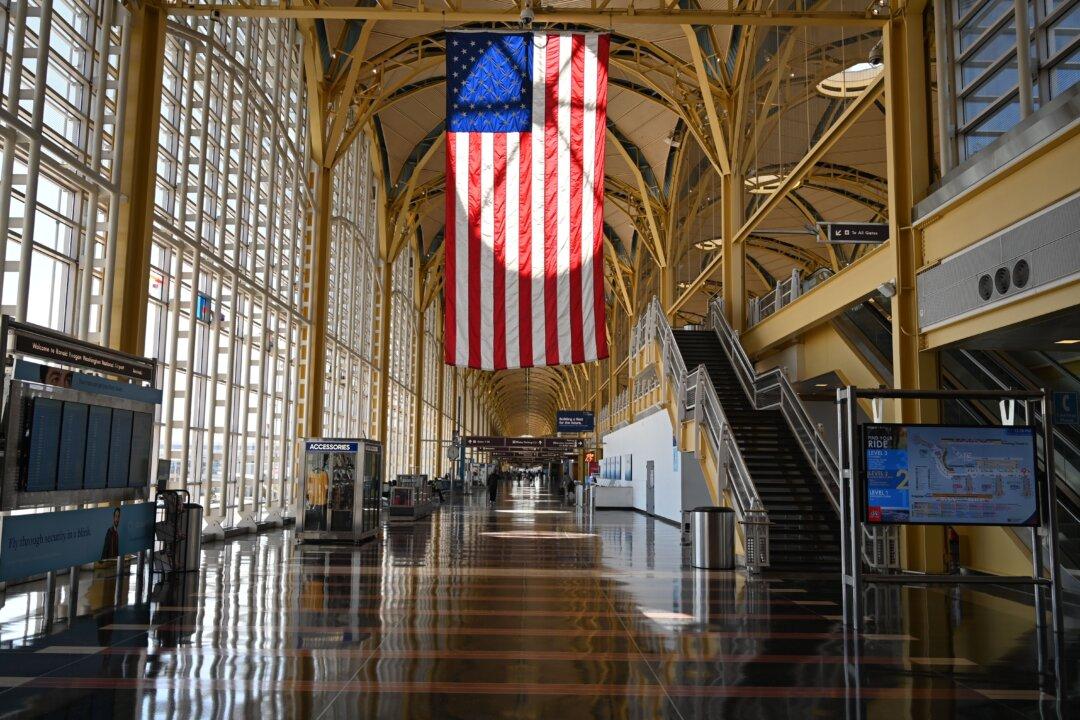New York, Connecticut, and Virginia authorities are among the latest to announce extensions of COVID-19 lockdowns in their states.
New York Gov. Andrew Cuomo said April 16 that all schools and non-essential businesses would remain shuttered in his state through at least May 15.





